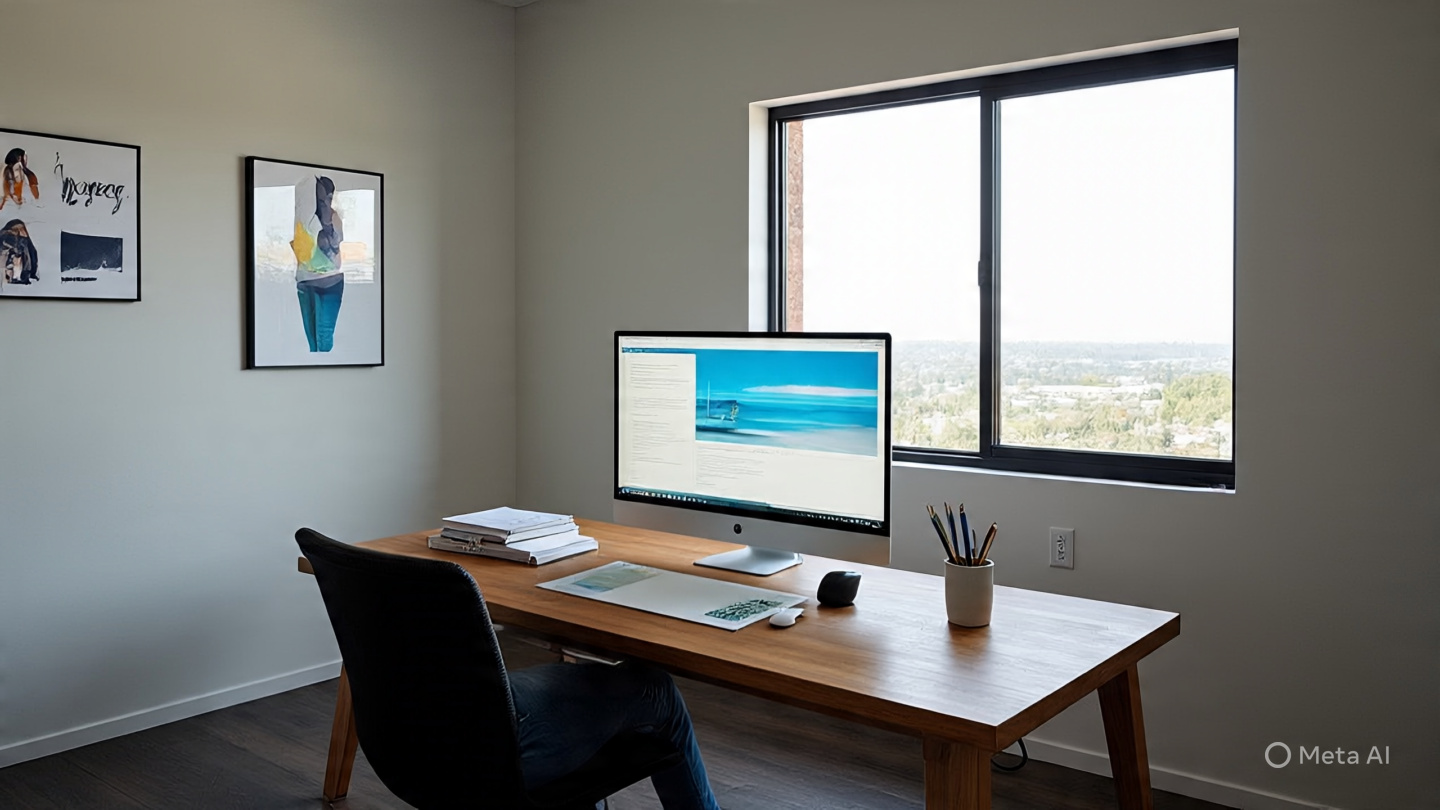7 Practical Tips to Insntly Improve Your Design
Inspired by Adam Wathan & Steve Schoger’s “7 Practical Tips for Cheating at Design”
🟣 Introduction
Design doesn’t have to be complicated. You don’t need to be a Figma wizard or master Photoshop to create clean, effective interfaces. In fact, most of us—especially developers—just want our projects to look good without spending days tweaking pixels.
Thankfully, there are some [practical tips for design] that you can use right away to level up your work. These aren't shortcuts in the negative sense—they’re smart design habits that make a big impact with minimal effort.
In this guide, we’ll walk you through seven powerful yet simple tricks to boost your UI and UX game, fast.
🟣 1. Don’t Start from Scratch — Use Pre-made Designs
Why reinvent the wheel? Some of the best designs out there were built on top of existing components or templates. Starting with a solid base saves time and helps you avoid design mistakes.
✅ Why it works:
-
You get professionally balanced layouts right away
-
It reduces guesswork
-
It's a huge time saver
🛠️ Tools to help:
-
Tailwind UI: Beautiful, reusable components
-
Figma Community: Thousands of free design kits
-
UI Deck / Creative Tim: Solid templates to jumpstart any app or website
💡Pro Tip:
Use templates as a foundation, not a final product. Customize to match your brand’s look and feel.
🟣 2. Spacing Makes a Big Difference
Crowded layouts and tight elements can make your design feel stressful. Spacing is your best friend—it creates visual clarity and guides the user’s eye.
✅ Why spacing matters:
-
Improves readability
-
Adds breathing room
-
Makes layouts feel clean and organized
✨ Quick rules:
-
Use consistent margins and padding
-
Stick with 8px spacing units (like 8, 16, 24, etc.)
💡Pro Tip:
Group related elements together, and separate unrelated ones with ample space.
🟣 3. Rethink Your Use of Color
Color is powerful—but too much of it, or the wrong combos, can be overwhelming. Great design often uses very few colors strategically.
✅ Why color matters:
-
It sets the tone and mood
-
Highlights key actions
-
Guides attention when used wisely
🎨 Tools to pick colors:
-
Coolors.co – Quickly generate color palettes
-
Color Hunt – Trendy and curated palettes
💡Pro Tip:
Stick to a simple 3-color system:
-
Primary (brand color)
-
Secondary (accents)
-
Highlight/CTA (calls to action)
🟣 4. Stick to One or Two Fonts
Too many fonts can make your design feel chaotic. Keep it simple. One font family for headings, one for body text is often all you need.
✅ Benefits of using fewer fonts:
-
More consistent look
-
Easier for users to scan and read
-
Faster design process
🔤 Font suggestions:
-
Google Fonts is your friend
-
Pair fonts like Poppins + Roboto or Montserrat + Open Sans
💡Pro Tip:
Instead of using different fonts, use different weights (e.g. bold for titles, regular for text).
🟣 5. Use Shadows Wisely
Drop shadows are like seasoning: just a pinch can enhance your design. But too much, and things get messy.
✅ When shadows help:
-
To show elevation (like popups or cards)
-
To separate elements visually
-
To draw attention to buttons
🌫️ Rules of thumb:
-
Use soft, subtle shadows
-
Avoid stacking multiple shadow types on the same element
💡Pro Tip:
Try using a soft black at 20% opacity: rgba(0, 0, 0, 0.2) for a clean, modern look.
🟣 6. Use Clear and Simple Icons
Icons help users quickly understand actions. But mismatched, detailed, or old-school icons can hurt usability.
✅ When to use icons:
-
In navigation menus
-
Next to input fields (like search or email)
-
On call-to-action buttons
📦 Great icon libraries:
-
Feather Icons – Clean, minimal
-
Heroicons – Built for modern web apps
-
Font Awesome – Comprehensive and flexible
💡Pro Tip:
Stick with one icon set across your project to maintain visual harmony.
🟣 7. Make Alignment a Priority
Design is as much about structure as visuals. Poor alignment is one of the biggest giveaways of amateur design.
✅ Benefits of good alignment:
-
Makes your layout feel intentional
-
Helps users scan content
-
Keeps your UI tidy and balanced
📏 Tools to help:
-
Use grids in Figma, Adobe XD, or even CSS frameworks like Tailwind
-
Turn on smart guides when designing
💡Pro Tip:
Align all key content to a consistent left or center line—and avoid mixing the two.
🟣 Why These Tips Work
What makes these [practical tips for design] so powerful is that they’re rooted in psychology and visual hierarchy. You’re not just decorating—you’re communicating.
-
Templates reduce mental load
-
Spacing and alignment make content easier to digest
-
Simplicity creates focus and clarity
And here’s the cool part: even if you only apply 2–3 of these tips, your design will improve dramatically.
🟣 Conclusion
You don’t have to be a professional designer to make your app or website look great. With just a handful of [practical tips for design], you can take your UI from “meh” to “whoa” without starting over or learning complicated tools.
So, pick one tip to apply today:
👉 Use a template
👉 Clean up your spacing
👉 Simplify your color palette
Remember—great design isn’t about doing more. It’s about doing the right things, simply and consistently.
✨ Ready to upgrade your design game? Let’s go! 🚀

.jpeg)
.jpeg)
.jpeg)

